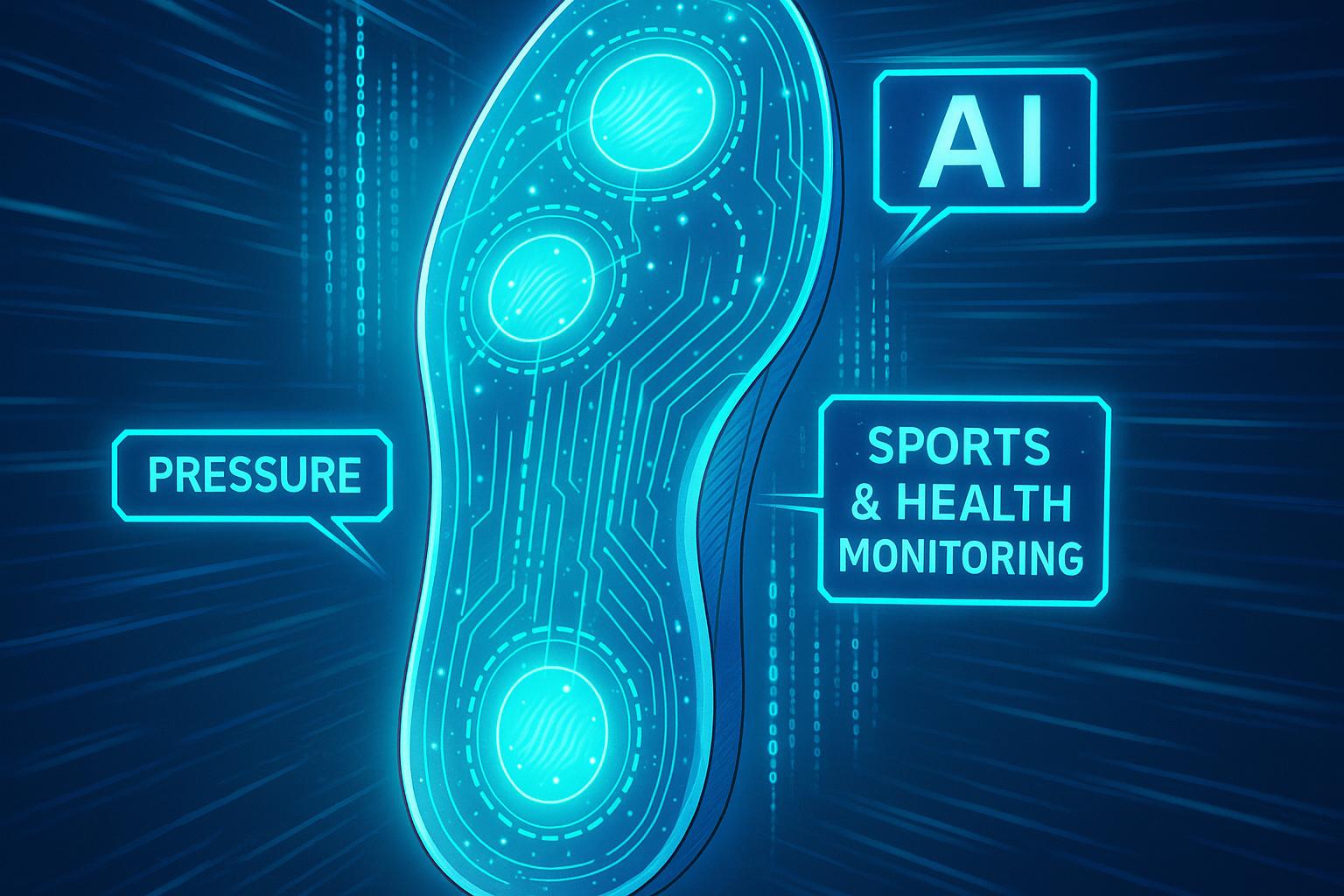A new wave of wearable technology is set to transform the recovery process from injuries, enhance sports training, and manage chronic health conditions. Researchers at the University of Portsmouth, in collaboration with the tech company TG0, have developed an innovative smart insole designed to track how the body interacts with the ground. This technology is poised to revolutionise not only sports science but also rehabilitation practices and daily health monitoring.
Historically, measuring ground reaction forces (GRFs)—the forces exerted by the ground on the body—has been confined to costly, bulky laboratory equipment such as force plates. These devices, while effective, limit usability to fixed environments like labs, rendering them less applicable for real-life scenarios where athletes train, and patients recover. The new smart insoles, however, provide a much-needed portable and affordable alternative. Leveraging artificial intelligence and a dual-sensor system, these insoles offer accurate and real-time data about foot pressure and movement.
Each insole comprises a pressure sensor system, called CapSense, which tracks shifts in pressure with each step, along with an inertial measurement unit (IMU) that monitors foot motion through measures of acceleration and rotation. This integrated approach resulted in a remarkable prediction error rate of just 4.1%. In previous iterations of similar technology, error rates ranged from 8% to 20%, thus making this advancement a significant improvement in precision. Dr. Dinghuang Zhang, one of the principal researchers, emphasised, "We wanted to create an affordable and portable alternative to expensive lab equipment... These insoles could help athletes improve performance, assist doctors in rehabilitation, and even help people track their movement for general health."
Unlike traditional lab equipment, these insoles are designed for daily use and include a compact battery that lasts up to eight hours. They connect wirelessly to a computer via Bluetooth, organising the collected data into timestamped files for easy tracking of changes over time.
This technology has shown promise in diverse applications. In the realm of sports, athletes can monitor their movements, refine their technique, and significantly reduce the risk of injuries. For those in rehabilitation, doctors can observe patient movements in real-time, allowing for tailored treatment adjustments. This portable model also enriches health research by providing scientists with robust data about how different populations move, run, or recover from injuries.
Moreover, the potential uses of the smart insoles extend far beyond athletic pursuits. They were initially inspired by the health challenges faced by individuals with diabetes, particularly those suffering from peripheral neuropathy, a condition that diminishes sensation in the feet and leads to untreated high-pressure points. Such danger zones can progress to serious complications, including ulcers or amputations. The insoles contain sensors that alert users to these risky areas, which could prove life-saving. Dr. Liucheng Guo, Chief Technology Officer at TG0, noted, "TG0’s mission is to use embedded AI and low-cost material to revolutionise the human-machine interface."
This breakthrough emerged from a Knowledge Transfer Partnership that facilitated collaboration between academic and industry professionals, encouraging innovative real-world solutions. The research was subjected to rigorous testing against leading lab technologies, and the findings have been published in the journal Intelligent Sports and Health.
As wearable technology evolves, smart insoles represent an accessible, high-quality tool for movement tracking, offering tangible benefits in both sports and broader health applications. By enabling accurate measurement of human forces in a variety of settings, this cutting-edge development stands to enhance athletic performance, improve rehabilitation outcomes, and safeguard individuals' health, thus marking a significant step towards more integrated and effective health management.
Reference Map:
- Paragraph 1 – [1], [2]
- Paragraph 2 – [1], [5]
- Paragraph 3 – [2], [3], [4]
- Paragraph 4 – [1], [6]
- Paragraph 5 – [1], [3], [5]
- Paragraph 6 – [2], [3]
- Paragraph 7 – [1], [2]
- Paragraph 8 – [2]
Source: Noah Wire Services
